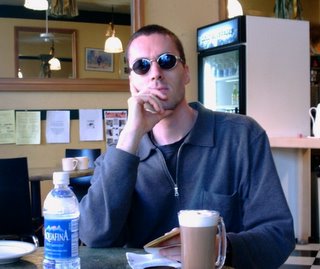Brand theories
A few weeks ago a colleague of mine inquired about the newest thinking of how to build brands in today’s world, either for the relaunch of old brands or for the introduction of complete new brands. This very simple but important question puzzled me a bit and I realized quickly that I did not have a fast and good answer.
Over the last weeks I explored the latest trends, books, and thinking to provide a more comprehensive and powerful answer. I am not done yet but in this quest I learned a few things that seemed relevant:
- Any recent brand literature and concepts focus stronger than ever in the past on the design element of the brand building equation. It’s not just the success of a design oriented brand like Apple but as well the need to reinvent and differentiate new brands in a very commoditized environment (e.g. Method and their uniquely designed bottles)
- Some of the more popular recently published brand books link the definition of new or relaunched brands to classical defined archetypes (relying on Jung’s thinking about archetypes). A brand can only be successful if it is clearly identified and linked to one of the many archetypes that human beings relating to. Brands are more than ever devices that tell stories, both about themselves and the consumer buying and using the brand.
- A lot of trade marketing articles talk about the power of consumers to launch brands but most of these articles forget that there is still always an original brand inventor who came up with the brand concept. It seems that the power of consumers are more relevant in designing the right communication architecture that any brand needs to be successfully launched, nurtured, and set up for long-term growth than in the conceptual launch phase of a brand.
- There is a recent trend to bring in more scientific ways of understanding the impact and purpose of brands for the unconscious part of consumer’s minds. Behavioral economics and Neuro-Science have brought a fresh wave of methodologies and experiments to increase the success of newly and relaunched brands. We can expect more from these academically driven disciplines.
Today’s “practice” of brand launch and building seems to follow less two or three predefined proven concepts than a broad array of barely tested methods. This practice has entered an almost playful test ground for many different ways without one best approach. This is probably good news for all of us. I predict the discipline and practice of brand launches to oscillate stronger and stronger between heavily scientific and thoroughly tested ways (in which behavioral economics and neuro-science might play a growing role) and the power of a simple huge brand concept that was born and developed in the lonely brain of a smart person.
